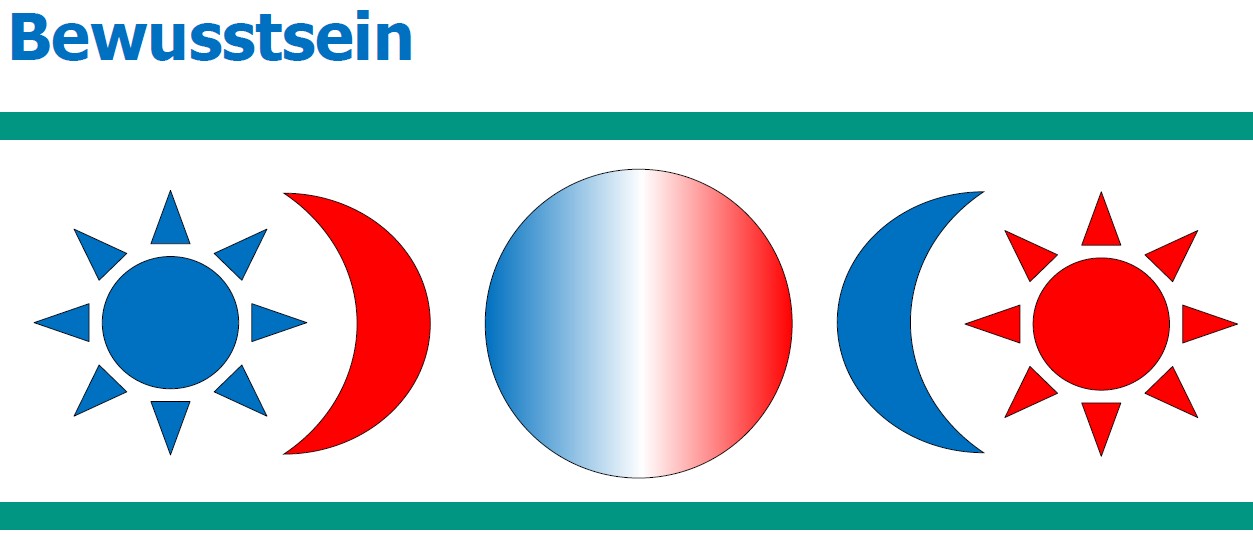Bienvenído en el Nick-Lab
 |
Biología Celular Molecular (Prof. Dr. Peter Nick)Fritz-Haber-Weg, Gbd. 30.43 (Torre de Biología), 5. suelo. e-mail. Como encontrarnos
Living is Searching (Springer-Nature 2023) Secretario
|
la revista con más tradición de biologá celular (Springer-Nature). Nos otros la publicamos. màs...
|
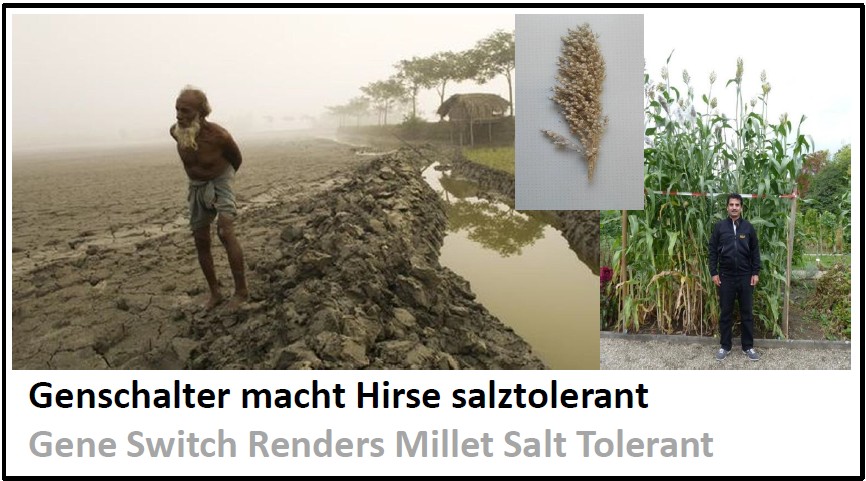 |
Salt Tolerant Sorghum MilletClimate changes makes sea levels rise making fertile coastal land salty. The Nile delta, Bangladesh, Vietnam, but also the South of Italy are already today confronted with salt stress. Can we find crop plants that are able to thrive on such soils? In the past, we have, initiated by our Syrian colleague Dr. Adnan Kanbar, focused on stress resilience in Sorghum Millet. This ancient crop originates from Sudan and can cope with harsh conditions. In fact, we were able to show that some Sorghum varieties not only can grow under salinity, but accumulate more sugar when confronted with salinity. What happens to this sugar, differs - some Sorghum varieties store it in the shoot, what is interesting for bio-economic use (for instance for the production of bio-ethanol) others store it in their seeds, what supports food security in regions affected by soil salinity. During her PhD our colleague Eman Abuslima from Egypt was able to uncover the reason for the different sugar use: a gene switch for the sugar transporter SWEET13 decides. A very active version of this switch could be identified in the old Syrian landrace Razinieh. By breeding, this switch can now be crossed into other millet varieties, and by means of the molecular knowledge, the promising individuals in the progeny can be recognised already in the seedling stage by a simple PCR. Publication 216. Abuslima E, Kanbar A, Ismail A, Raorane ML, Eiche E, El-Sharkawy I, Junker BH, Riemann M, Nick P (2025) Salt stress-induced remodeling of sugar transport: a role for promoter alleles of SWEET13. Nature Sci Rep 15, 7580 - pdf Media echo vbio - idw online - openpress - DBG - pugnalom - Ruhrcampus online |
|
|
|
The new "Strasburger"127 years ago Eduard Strasburger founded the textbook of botany, which appeared now in the 38. edition - this makes the "Strasburger" the biology textbook with the longest history. Peter Nick contributed a couple of 100 pages to the topics structure and function of the plant body and plant development. The "Strasburger" pursues the goal to depict the entire knowledge on plants, comprehensively, up-to-date, and at the same time filtered. Even though it had never been easier to acquire information, the problem is progressively to filter relevant from irrelevant. Textbooks are, therefore, not outdated, but more important than ever. more... |
FKIThe State Teaching Award 2015 was given to Peter Nick and Mathias Gutmann. The money was used to found the Forum. Beyond faculties and disciplines, we debate here on controversial topics. IIn SS 2025 we look at consciousness more... Di, 20. Mai 2025, 14:00. Gbd. 30.43 SR 506-507 Johannes Kleiner, Universität Bamberg. Überlegungen zu einer Meßtheorie des Bewusstseins
|
|
|
Genome of plant dolphins decipheredWhen plants conquered terrestrial habitats around half a billion years aog, they had to face a hostile environment. Their success paved the way for other terrestrial life forms. Genetic changes increased the resilience of those plants. Exactly those genes are needed now to adjust our agriculture to cope with the consequences of climate change. Half a billion years are a very long time, though and it is very difficult to discriminate changes due to the new lifestyle from those that occurred due to other reasons during that very long period. Nature comes to our help with a curious phenomenon - as some mammals returned to aquatic life, also some flowering plants returned to an amphibic lifestyle. For this purpose they are able to produce different leaves that not only differ in shape, but also with respect to physiology. The Water Wisteria, Hygrophila difformis, is one of these plant dolphins and is currently investigated in the team of Dr. Jathish Ponnu from our department, who develops this plant into a new model for plant stress. Now, together with Chinese partners, he reached a key point: the genome of this species has been deciphered and the genes that are turned on our off during the transition between air and water could be identified.
Publication Li G, Zhao X, Yang J, Hu S, Ponnu J, Kimura S, Hwang I, Torii KU, Hou H. Water wisteria genome reveals environmental adaptation and heterophylly regulation in amphibious plants. Plant Cell Environ. 2024 Jul 30. doi: 10.1111/pce.15050. |
|
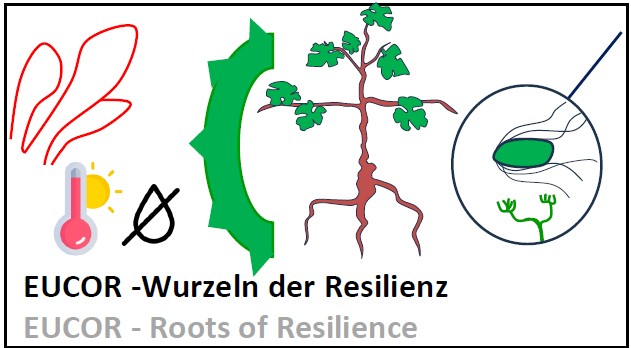 |
EUCOR Project Roots of ResilienceEUCOR, the trinational assocation of Upper-Rhine universities (Karlsruhe, Strasbourg, Freiburg, Colmar-Mulhouse, Basel) launched a call for so-called Seed Money projects. Here, partner KIT-JKIP (Islam Khattab, Peter Nick) together with the University of Basel (Pascale Flury) and the Université Haute-Alsace (Julie Chong) was successful with the project Roots of Resilience. The project tries to render grapevine more resilient against climate-change born novel fungal diseases ("Esca & Co") through improved microbial communities in the rhizosphere. The project is based on results of Kliwiresse, but also previous Upper Rhine Interreg projects, especially Vitifutur and DialogProTec. However, the central reason for the success of the proposal was the cooperation cultivated over four Interreg Upper Rhine networks. The Seed Project in turn will feed into the planned sequel project Robin Root. Planned start is February 2025, running time is two years. more... |
|
 |
EvoDevo of Speciation"Species" are a central concept of biology and usually understood as unit of propagation. This species concept works neatly for animals, because mating of individuals from different species usually do not work or lead to sterile progeny (a classic example would be the mule). Plants, however, do not choose their mating partner themselves, but use insects for doing so. Moreover, plants can circumvent problems with sexuality by asexual propagation. What does "species" now mean for plants? Dr. Sascha Wetters proposed here a new concept, whereby genes that control shape or geometry of flowers are drivers of speciation. To test this idea, he cracked a hard nut - the genus Sage, with more than 1000 known species, one of the most diverse genera at all. Here, he can show that a duplication of the gene switch GLOBOSA facilitated the colonisation of the New World by larger and less asymmetric flowers that recruited novel pollinators, hummingbirds, leading to the birth of numerous new species. This allows to bridge developmental biology and evolution. This work has now been published. 217. Wetters S, Nick P (2025) B-class gene GLOBOSA – a facilitator for enriched species diversity of Salvia in the New World? Plant Biol, 10.1111/plb.70002 - pdf |
|
Lo que investigamos
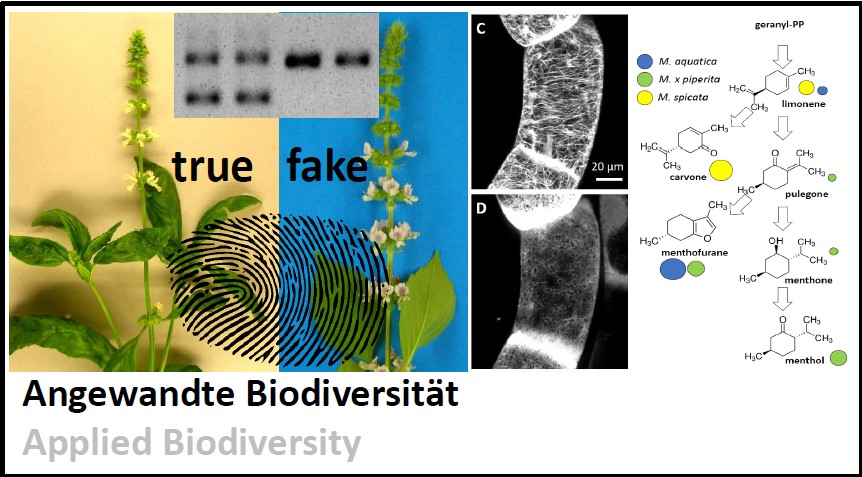 |
Evolution solves problems in a sustainable, highly diverse manner. Can we valorise this diversity? We work to protect and use diversity. We develop methods, to safeguard consumer protections in times of globalisation. more... |  |
Our research network, funded by Interreg Upper Rhine uses resilience factors from the almost extinct European Wild Grapevine to develop KliWi-varieties (for Klima-Widerstandsfähig). more... |
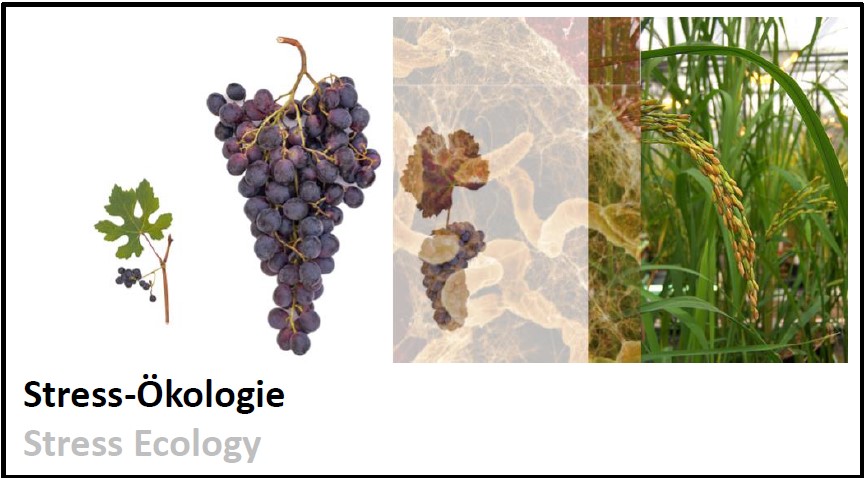 |
Plants are masters of adaptation. How do they overcome stress? We work on jasmonic acid, the plant "adrenalin", but also about the immune system of grapevine. more.. |  |
Together with partners in Colmar and Basel we try, in the project "Roots of Resilience" to stimulate grapevine immunity by root microbes we have identified in our previous research. more... |
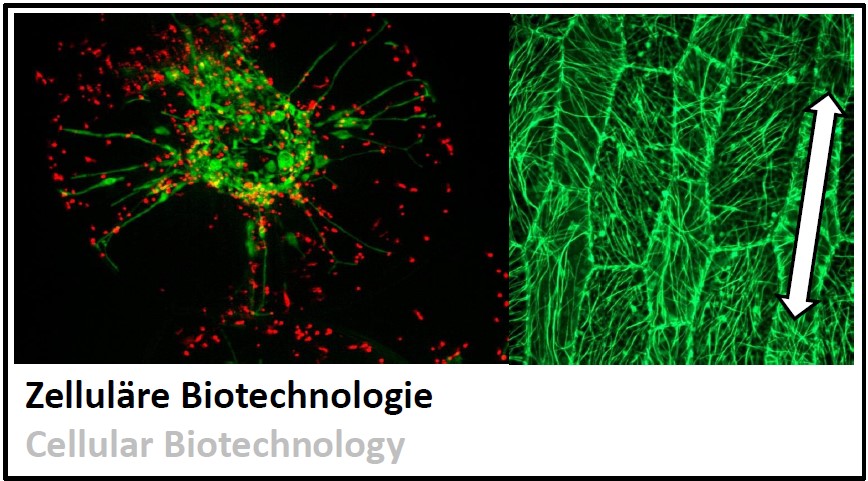 |
Plant cells can self organise without a "Big Brother". Central is the ability of each cell to develop a direction. How does this work? more... |  |
Microtubules, a central element of the plant cytoskeleton, steer plant growth. Can we use this to develop less harmful herbicides?(BAYER, 2018-2024) |






